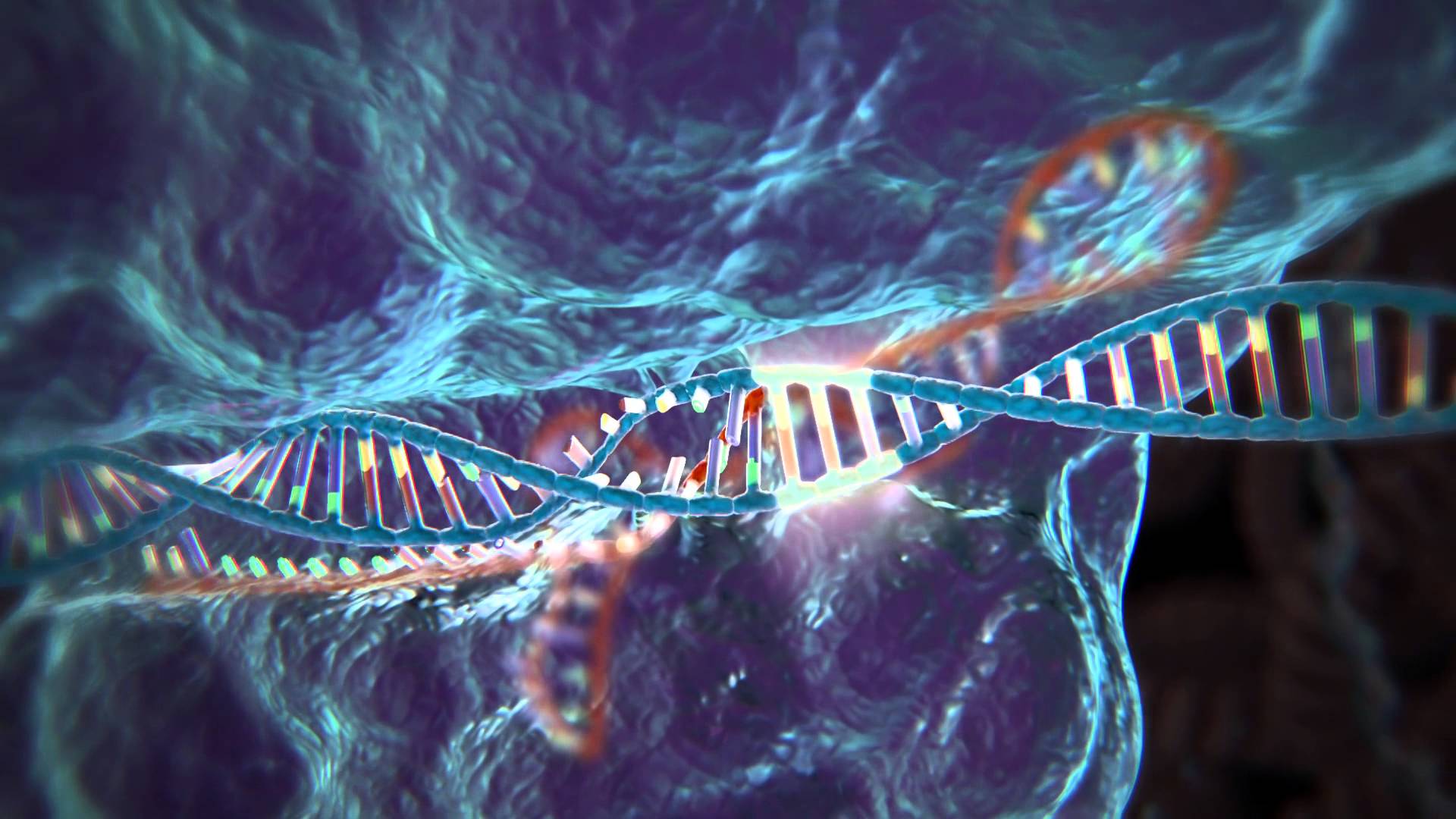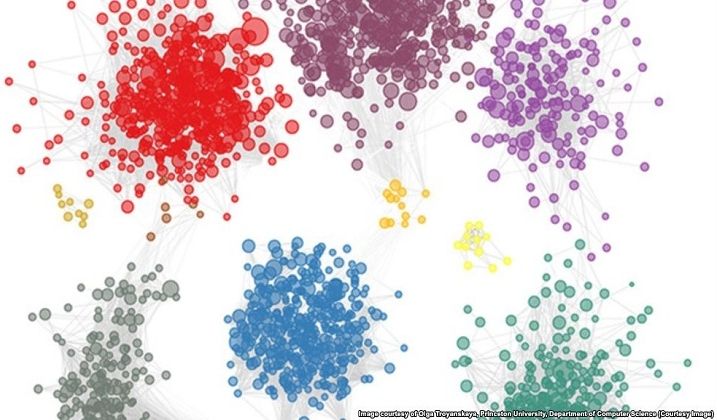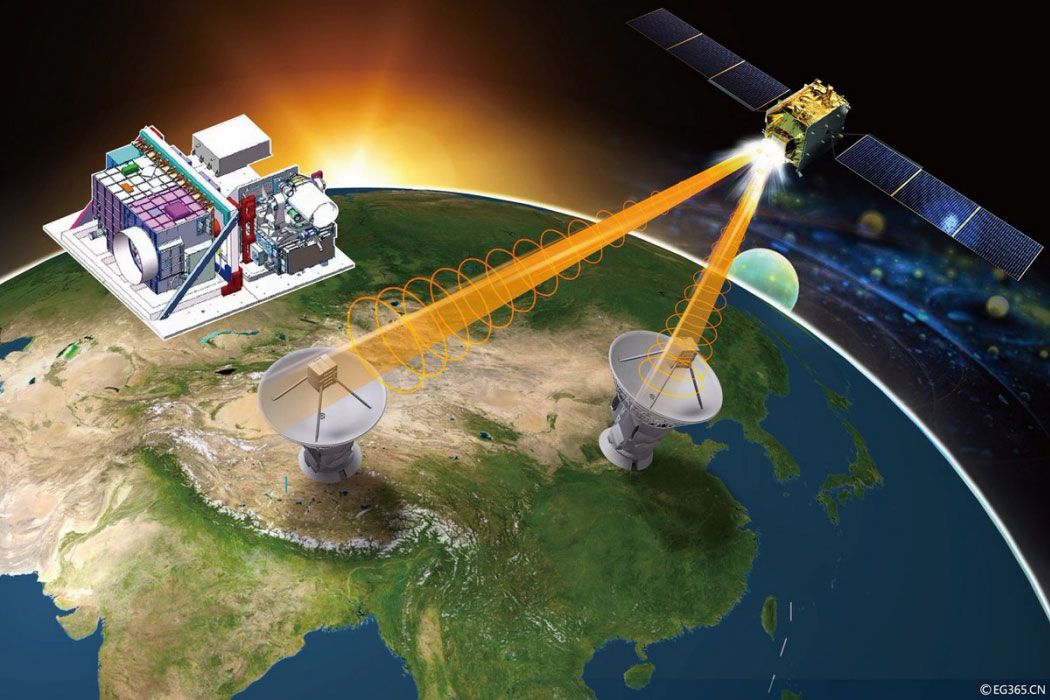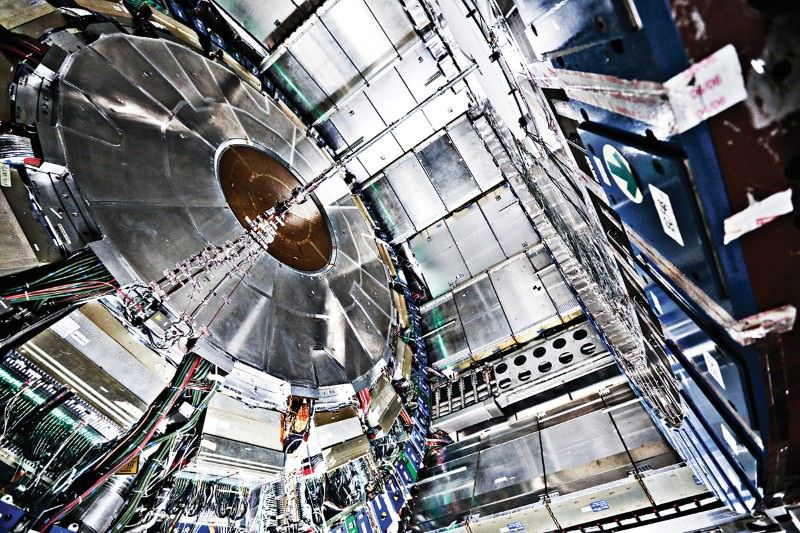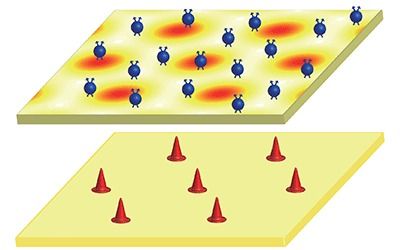Aug 23, 2016
System might detect doctored images and videos for the military
Posted by Karen Hurst in categories: law enforcement, military
I see a future in TSA, FBI, CIA, local law enforcement, insurance companies’ fraud units, etc.
Purdue is leading part of an international effort to develop a system for the military that would detect doctored images and video and determine specifically how they were manipulated.
“This team has some of the most senior and skilled people out there in the field, some of whom helped to create the area of media forensics,” said Edward Delp, Purdue’s Charles William Harrison Distinguished Professor of Electrical and Computer Engineering, in a press release.
Continue reading “System might detect doctored images and videos for the military” »


